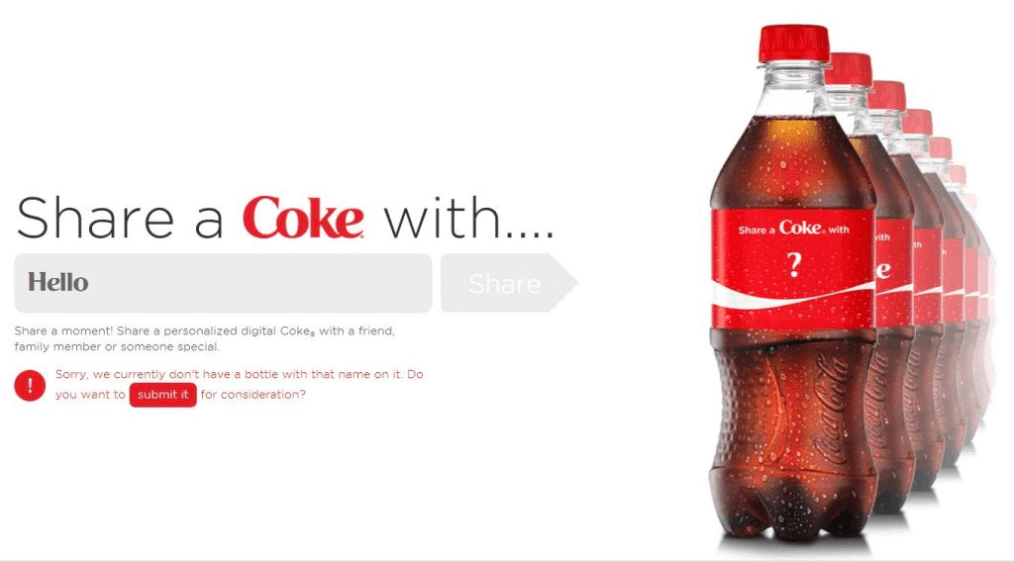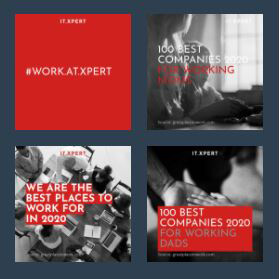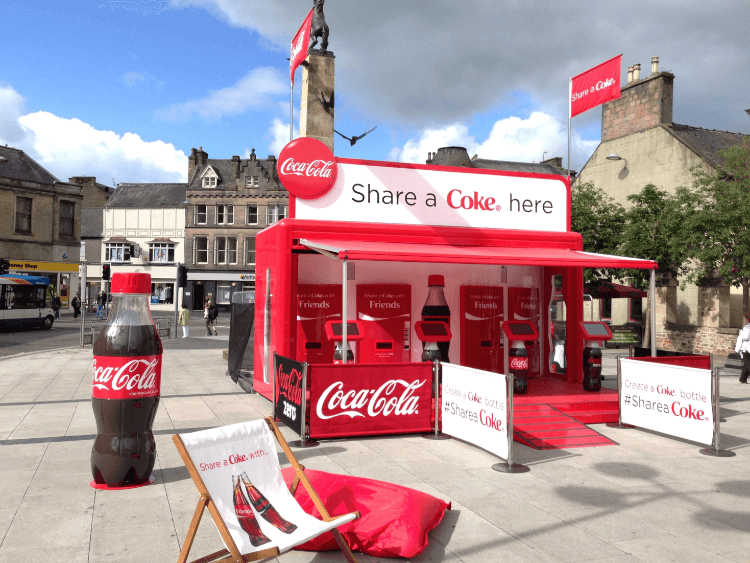Brand Consistency
Discover the checklist that will make brand consistency simple.

4 min read
There is an old English proverb that goes like this: there’s many a slip between the cup and the lip. The meaning behind it revolves around the idea that even if we expect a successful outcome, it might not come true. This proverb was first recorded in English in 1539, but its origin can be traced back to the 2nd century AD in the writings of Roman author and grammarian Aulus Gellius.
The wisdom we can glean from this is that nothing can be certain unless it’s over and done. And the same principle applies to branding as well. It’s never dead and buried — it is the lifeblood of the business that dictates how a product will be perceived in the eyes of the consumer. The key to achieving good outcomes is through brand consistency.
Your Brand Consistency Checklist
- Do as You Are Operating a business in the digital world means that new trends and platforms are always around the corner. Something could break the internet on one day, and fall into oblivion the other. That’s why it’s important to evaluate and act fast — or do not act at all — when you want to take advantage of a certain momentum.To this end, it’s good to have a good grasp of your brand identity, target audience, and how you want to be perceived. That’s why when a new trend pops up, you will know for sure if you would like to jump on the bandwagon or skip it altogether. Once you know where you stand, you can easily determine if following a particular trend would make business sense or not. Asking yourself these questions might help: Is this trend something that my audience cares about? Is it aligned with my overall branding strategy? Will I engage with my audience on this platform or it will not add up to my overall branding efforts?
- Take Your Branding Strategy Inward When you brand your business, you put forward a vision that your clients can relate to. But if you don’t execute on that vision, your brand messaging might fall through. That’s why you need to go beyond buzzwords and embody that vision in all areas of the business — including company culture and employee engagement. This contributes to a better brand experience and establishes a brand-centric corporate culture. After all, your internal stakeholders are just as important as your customers. They should be the first ones that believe in your vision. Once they do, they will actively participate in your branding efforts and expand that vision forward. But to make this happen, you should align employee programs with your brand values, provide gifted branded items, or turn your employees into brand ambassadors.
- Put It in a Sales Playbook Your brand style guide documents all your marketing efforts — from logo, brand tagline, color palette, and so on. But what about your sales team? They are the ones having one-on-one customer interactions and are the unsung heroes of sales success. To what extent are they using marketing materials to close more deals? Is the current sales playbook aligned with your branding efforts? Getting answers to these questions is essential if you want your sales and marketing teams to work towards the same goals. It could also provide additional insights into your existing materials — they could be neglected by your sales team because they don’t actually resonate with your customers. This is an important input that should inform your branding efforts moving forward. Remember, your branding materials should work for your sales team, not against it. Getting both teams at the same table will help convert more leads into customers successfully.
- Align Online and Offline Engagements Online engagements are great, but they have to be grounded in reality. You should aim to create a consistent brand experience regardless of how consumers interact with your brand. It could be a brick and mortar store or social media platform — the key here is to make sure your branding elements are aligned across the board. Your online presence is also a great platform for all your offline developments. If you are organizing an event or exhibiting at a trade show, you should let your audience know where they can find you, in real-time. This will help you gain more traction among offline engagements and keep prospects in the loop regarding your activities. In turn, this will help them get a clearer understanding of who you are as a brand and what you stand for.
- Measure and Improvement It’s no coincidence that we chose to start off this article with a good-old proverb: there’s many a slip between the cup and the lip. Indeed, this should be the go-to mindset for all your branding efforts. Always measure your brand awareness to determine if they’re up to par with your expectations and if they complement the image you envision for your brand. To this end, conduct surveys and analyze your traffic. If you notice that an initiative is not generating engagement among your audience, try to determine why that is and adjust accordingly. Conduct regular brainstorming sessions on what could be improved and use the input from customer-facing teams to inform your strategies. And always be on the lookout for smart tools that could help you elevate your branding efforts and take your strategy to the next level.
Stay Consistent, Stay On-Brand
Even if you understand the brand consistency definition and your brand style guide is your action plan to make it happen, things can always slip through the cracks. The pace of the business, ongoing trends, and different brand initiatives can easily steer you off-course and affect the brand consistency you are trying to project.

Source: theexeterdaily.co.uk
Example: “Share a coke” campaign across online and offline channels.
Big brands understand this and they have made brand consistency a matter of experience. Coca Cola is one of those brand consistency examples that have delivered on this promise. They project a feeling of familiarity and homeliness, no matter where you are in the world. Does this seem too big to achieve? Remember that there are tools you can bank on in order to turn brand consistency into an experience and meet your branding goals
The Xara branding hub
Whether you want to grasp the basics of branding for your new business, want to work on your brand strategy, are stuck with your brand visuals or want to find branding tips on how to grow your business, check out:
- Foundations — Learn the basics of branding
- Strategy — Plan your brand strategy
- Build Story — Build a brand 1: Your brand story
- Build Visuals — Build a brand 2: Your brand visuals
- Management — Control your brand: Brand management
- Growth — Grow your brand: Brand marketing
- Improvement — Improve your brand: The rebrand
- Measurement — Measure your brand: Brand analytics and KPIs


